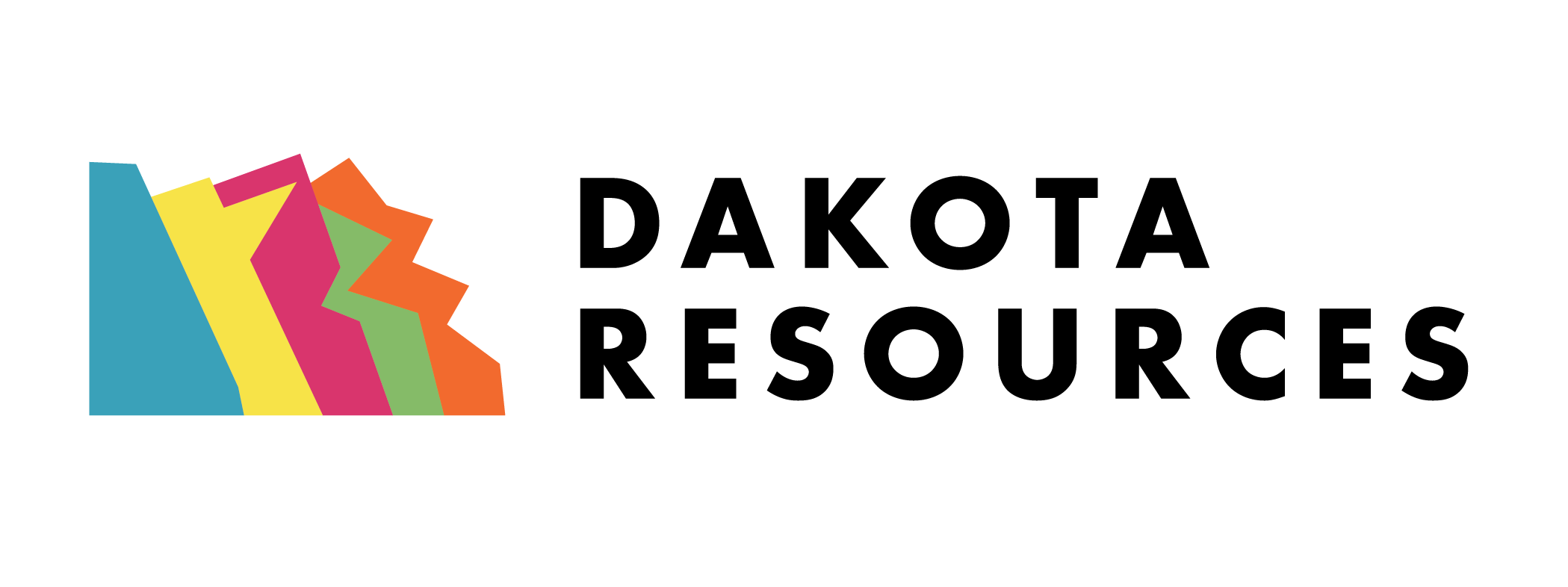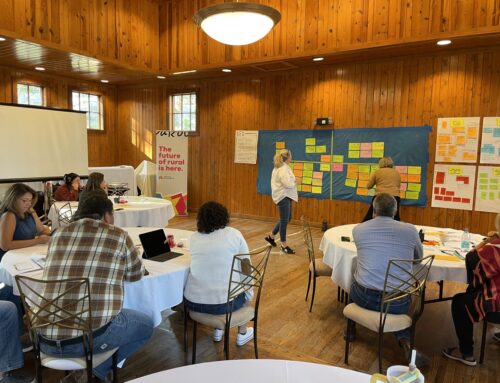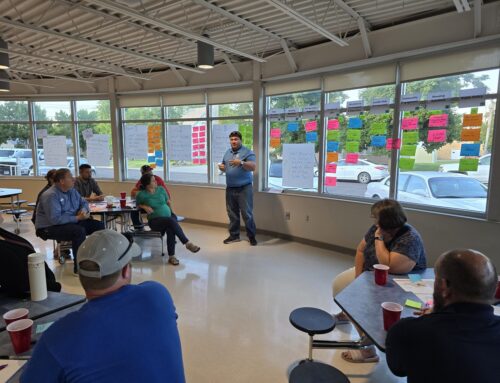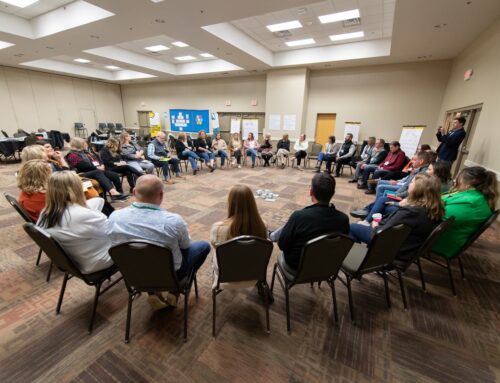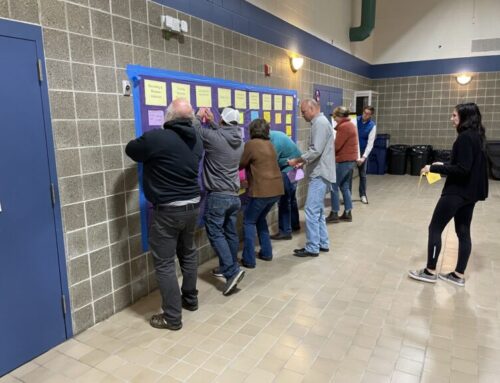Survey Says Series: Opportunities to Refine Focuses for Rural Economic Development
Community and economic development work is often complex and can mean many different things. For this reason, Dakota Resources recently conducted a survey to help foster understanding of what community and economic development organizations look like and the type of work they are doing in their community.
In August 2021, Dakota Resources conducted the Climate of Community and Economic Development survey, and participants primarily included community and economic development organizations from across the state of South Dakota. Because the results of this survey have shed important light on opportunities that can positively impact the work that rural shapers do around South Dakota and beyond, we’re excited to share some highlights of the main findings from the survey.
In this issue of the newsletter, we’re analyzing survey findings in two financial-related areas: 1) organizational or funding model design, and 2) compensation. We’re excited to share additional insights regarding active priorities and professional development next quarter!
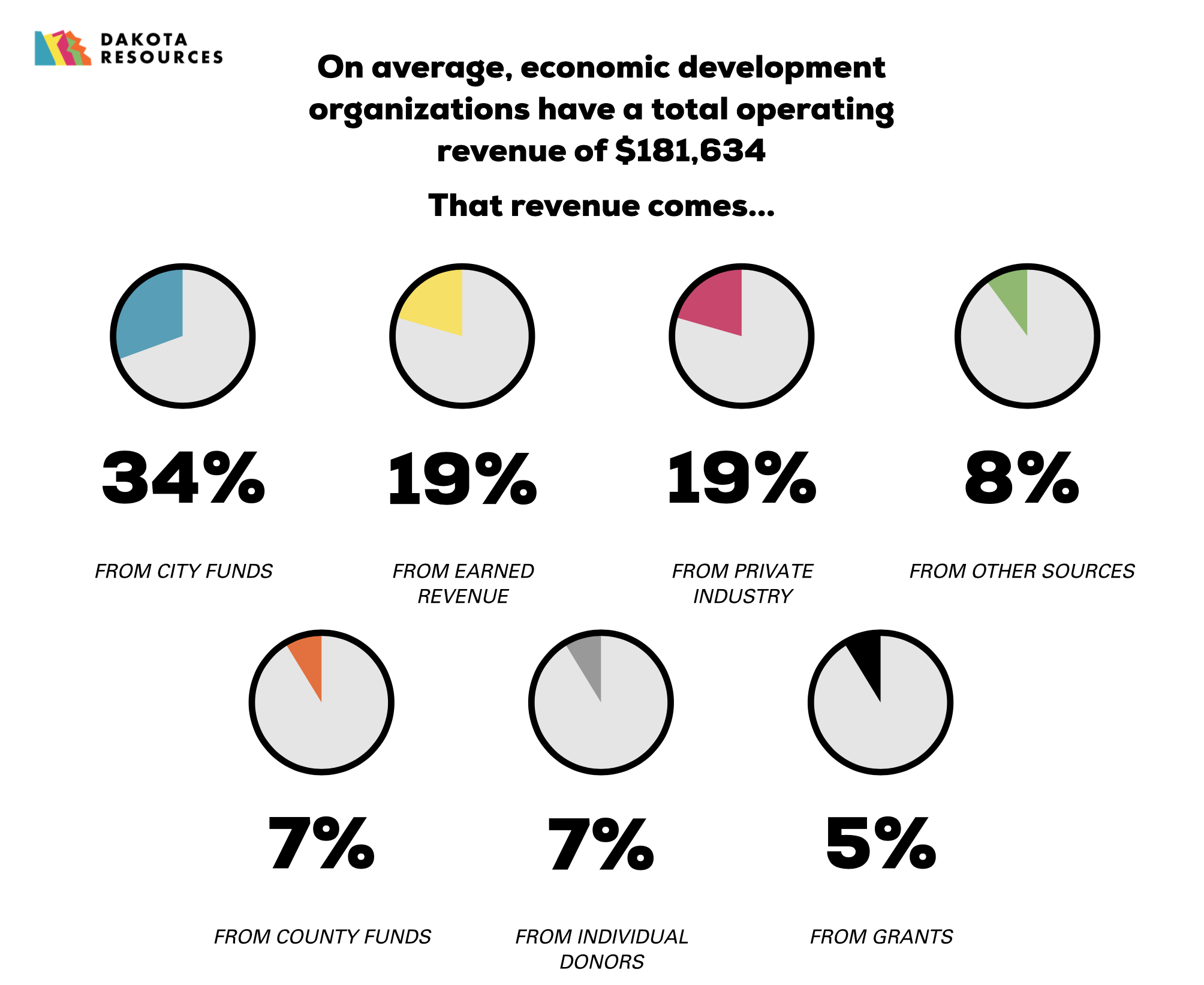
Finding 1: Diverse Funding Models Crucial for Success of Economic Development Organizations
Survey Says
The 2021 Climate of Community and Economic Development survey asked, “What percentage breakdown of funds make up your operating revenue?” Respondents indicated that on average, economic development organizations have a total operating revenue of $181,634. Those surveyed were given the options below in order to describe the source of such operating costs, and the results are shared below:
-
City funds (34% of operating revenue)
-
Earned revenue (interest income, lease revenue, fees for services, etc.) (19%)
-
Private industry (banks, utilities, etc.) (19%)
-
Other sources (8%)
-
County funds (7%)
-
Individual donors (7%)
-
Grants (5%)
Trends
In October 2019, Dakota Resources hosted a webinar for the Learning Network titled “Funding Models for Economic Development Organizations.” Presenters in this webinar included economic development practitioners around the state of South Dakota, including Lindsey Kimber (Glacial Lakes Area Development), Eric Fosheim (formerly with Lake Area Improvement Corporation) and Kari Blom (Lake Area Improvement Corporation), and Ron Tillery (Phelps County Development Corporation). During this webinar, each presenter shared why a diversified funding model is important for economic development organizations, and we’ve compiled a few highlights of this webinar in the video clips below.
- Eric Fosheim and Kari Blom, Lake Area Improvement Corporation
- Ron Tillery, Phelps County Development Corporation
- Lindsey Kimber, Glacial Lakes Area Development
What This Means
Based on the results of the survey, Dakota Resources sees an opportunity to challenge the long-held belief of the ability for grants to comprise the majority of an organization’s operating revenue. Instead, results indicate that while grants are viable funding mechanisms for project-based work, the use and availability of grants for operating expenses is extremely rare.
In addition, economic development organizations who responded to the survey indicated a heavy reliance on one specific source when it came to funding their organization. While this funding mechanism is not problematic on its face, Dakota Resources sees ways where organizations can benefit from diversifying funding, as shown by national trends. Through diversification, organizations can safeguard this important work against any waves of change. From Dakota Resources’ standpoint, an ideal funding model would allow a maximum of 20% of operating revenue to stem from any one source; that way, when changes do occur, there is some room built in to allow for that change without problematizing the organization’s entire slate of priorities.
One proponent of using a diversity of funds for an organization is Mike Bockorny, Executive Director of the Aberdeen Development Corporation.
“Diversification of funding sources is a must in order to ensure a sustainable program of work. If an organization is too dependent on any one funding source and that source shrinks or disappears, cuts would have to be made. Depending upon the amount of lost funding a key program(s) may go away and that loss(es) can really be detrimental to the community.”

Finding 2: Opportunity to Think about Explicit and Implicit Benefits for Employees of Economic Development Organizations
Survey Says
The 2021 Climate of Community and Economic Development survey asked respondents, “How many paid staff do you have?” and “How many board members do you have?”. In response, results indicated that on average, economic development organizations employ 1.4 staff personnel per community and economic development organization and appreciate contributions from an average of 9.7 board members per organization.
In addition, 42 organizations have an Executive Director in place at the helm of their region’s economic development association, and 28 of those 42 (66.7%) are full-time Executive Director positions. In comparison, 12 organizations have part-time Executive Directors, while two organizations have people serving in this capacity as volunteers.
The survey also examined compensation and benefits that are available to practitioners in these organizations by asking, “Please provide the annual gross compensation paid to your Executive Director” and “What benefits and perks are provided to your Executive Director?”. Survey participants were given the following options of benefits and perks to select from in response to this question: single health insurance, family health insurance, dental insurance, vision insurance, vacation, personal time off, paid volunteer time, paternity / maternity leave, employer matched retirement account, short-term disability, wellness package, cell phone, vehicle / vehicle allowance, flexible work schedule, and other.
Of those who participated in the survey, only 50% of respondents offer vacation and paid time off (PTO) to their employee(s), and only 55% of respondents offer flexible work schedules, such as flexible hours to offset evening meetings or weekend conferences, or remote work opportunities.
National Trends
As reported by the Harvard Business Review, according to a 2019 survey conducted by the International Workplace Group, “80% of workers would turn down a job that did not offer a flexible work schedule for one that did, and 76% of workers said they’d consider staying at their current employer if they could work flexible hours.”
What This Means
Based on both the national trends and the Climate of Community and Economic Development survey responses, Dakota Resources sees an opportunity for community and economic development organizations to examine what benefits could be offered to executive directors, many of whom are serving at or beyond their capacity as the sole staff member doing this work.
In addition, there’s an opportunity when thinking about benefits to shift one’s mindset beyond traditional, explicit benefits, such as health insurance, to also include implicit benefits, like flexible work schedules or remote work opportunities, in order to increase job satisfaction rates while also improving a community’s ability to recruit quality, satisfied talent to serve in these positions.
“Right now is a time of optimal possibilities for rural communities,” said Paula Jensen, Vice President for Program Development at Dakota Resources. “The Climate of Community and Economic Development survey results can be useful data for community decision making. And, strong decisions will lead to wise action that builds local capacity to take on projects, strengthens local leadership, and positions economic development organizations, both now and into the future.”
Take Action: Ready to dive into the Climate of Community and Economic Development survey results? Eager for a preview of next quarter’s newsletter analysis? If so, we encourage you to download your copy of the report here. We’re excited to continue this series in 2022!
